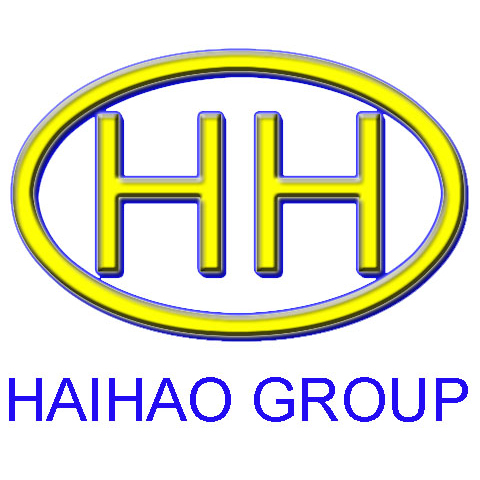Advantages and disadvantages of hot rolling
Hot rolling is a metalworking process in which metal is heated above the recrystallization temperature to plastically deform it in the working or rolling operation. This process is used to create shapes with the desired geometrical dimensions and material properties while maintaining the same volume of metal. The hot metal is passed between two rolls to flatten it, lengthen it, reduce the cross-sectional area and obtain a uniform thickness. Hot-rolled steel is the most common product of the hot rolling process, and is widely used in the metal industry either as an end product or as raw material for subsequent operations.
Advantages of hot rolling:
It can destroy the casting structure of steel ingot, refine the grain of steel and eliminate the defects of micro-structure, so that the micro-structure of steel can be compactness and the mechanical properties can be improved. The improvement is mainly reflected in the direction of rolling so that the steel is no longer isotropic to some extent. The bubbles, cracks and looseness formed during pouring can also be welded under high temperature and pressure.
Disadvantages of hot rolling:
- After hot rolling, non-metallic inclusions (mainly sulfides and oxides, as well as silicates) inside the steel are pressed into thin sheets and layered. The tensile properties of the steel along the thickness are greatly deteriorated by the layering, and inter-laminar tears may occur during weld shrinkage. The local strain induced by weld shrinkage often reaches several times of the yield point strain, which is much larger than the strain induced by load.
- Residual stress caused by uneven cooling. Residual stress is the internal self-balancing stress without external force. All kinds of hot-rolled sections have this kind of residual stress. Although the residual stress is self-balanced, it has some influence on the performance of steel member under the action of external force. Such as deformation, stability, anti – fatigue and other aspects may have adverse effects.
The advantages and disadvantages of cold rolling and its main differences with hot rolling:
Advantages: the molding speed is fast, the yield is high, and does not damage the coating, can be made into a variety of section forms, in order to adapt to the use of conditions; Cold rolling can produce large plastic deformation of steel, thus increasing the yield point of steel.
Disadvantages:
- Although there is no hot plastic compression in the forming process, residual stress still exists in the section, which will inevitably affect the overall and local buckling characteristics of the steel;
- Cold rolled section is generally open section, which makes the free torsional stiffness of section lower. It is easy to be torsional when under bending and torsional buckling when under compression.
- Cold-rolled section steel has a small wall thickness and no thickening at the corner where the plate joins, so it has a weak ability to bear localized concentrated load.
Cold rolling and hot rolling respectively is mainly the temperature of the rolling process. “Cold” is normal temperature, “hot” is high temperature. From the point of view of metallography, the boundary between cold rolling and hot rolling should be distinguished by recrystallization temperature. That is, the rolling below recrystallization temperature is cold rolling, and the rolling above recrystallization temperature is hot rolling. The recrystallization temperature of steel is 450 ~ 600℃.

